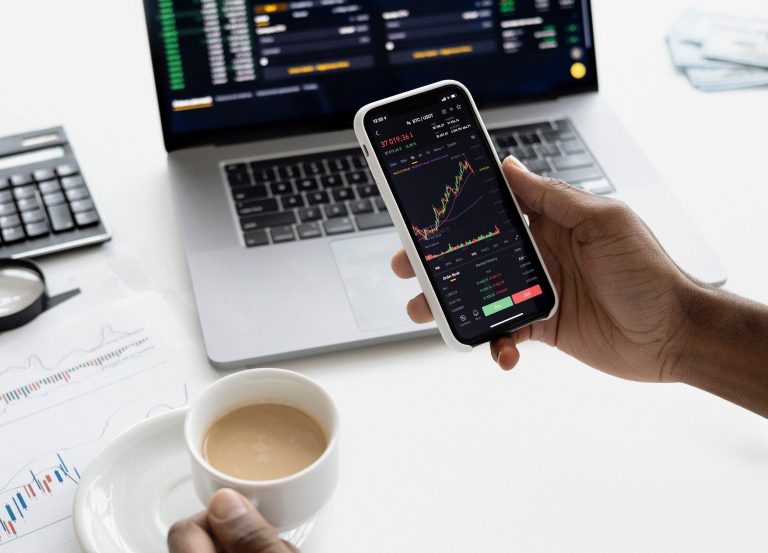
If you’re new to currency trading, you’re probably wondering what currency markets are best for you. In this article, we’ll talk about Spot and Forward or swap markets and the importance of Fundamental and Technical analysis. Both are essential for trading currencies. Learn more about these markets here. There are also several ways to make money in currency trading. But first, make sure to know which type of market is right for you. Listed below are some of the basics to start out in currency trading.
Table of Contents
Spot foreign exchange markets
One third of all currency trading takes place in the spot foreign exchange market. The spot market is an agreement between buyers and sellers to exchange a currency immediately. This is different from trading on the futures or options markets, where prices are determined a week or more in advance. Trading on the spot market means that you are open to the price fluctuation in the currency market. Traders will get a bigger return on their currency investments if the price changes more often than expected.
The spot rate is the current market price for a currency. This is the price a trader will pay to buy another currency immediately. This rate is determined by the forex market, but some countries actively set or influence it. Currency traders track spot rates to identify trading opportunities. It is important to remember that the spot rate is the most volatile and presents the biggest risk to your foreign exchange position. This is why trading currencies on the spot market is best suited for newbies.
Forward or swap markets
A simple example is a Canadian exporter selling US$1 million of goods to a U.S. company. She expects to receive the export proceeds a year from now. However, she is concerned that the Canadian dollar might strengthen against the U.S. dollar and, as a result, enters a forward contract to sell $1 million one year from now. Using a currency forward, the Canadian exporter eliminates the risk of foreign exchange.
In currency exchange dealing, a bank will first contact other banks, if possible. They will then input an order into an electronic broker, which will reveal the best price from all participating banks. The advantage of this method is that different size banks are not competing against one another, allowing them to trade on equal footing. However, large lot sizes may discourage some traders. Therefore, it is best to avoid spot currency prices unless you are trading in small amounts.
Technical analysis
Technical analysis focuses on price trends and the ability to spot potential reversals. Trendlines are used to plot significant higher and lower lows in uptrends. Declining resistance trend lines are used to plot the price movement. They are also used to determine entry and exit levels and determine position size. Although momentum indicators are often overlooked, they are still effective in technical analysis. They are also useful in forecasting the strength of a trend.
One of the most important components of technical analysis in currency trading is the market trend. This is a crucial factor to the success of the strategy. On price charts, the prevailing trend is readily apparent. The trend is typically depicted as waves with clear peaks and troughs. The direction in which these waves move determines whether the market is on a bullish or bearish trend. When the peaks move up, the market is generally considered bullish. Otherwise, the trend is bearish.
Fundamental analysis
The study of key underlying elements of a currency is fundamental analysis. It attempts to predict price action by considering economic indicators, government policy, societal factors, and other factors within a business cycle framework. Think of fundamental analysis as the gears and springs that drive an enormous clock. A fundamentalist knows the inside workings of this clock. By using this methodology to determine the price of a currency, he or she can place their investment accordingly.
The two types of analysis work hand-in-hand in guiding forex traders. Fundamental analysis analyzes basic economic factors that have a big impact on a currency’s exchange rate. While technical analysis focuses on interpreting short-term market movements, fundamental analysis considers information that is critical to the exchange rate’s long-term movement. Fundamental analysis also analyzes political factors. It helps traders identify opportunities in the market based on these factors.
Lot size
When you buy or sell a currency pair, you must buy a certain number of units. Standard lots are one hundred thousand units. However, with the rise of online brokerages and increased competition, there are now many different lot sizes available. You must carefully read the terms and conditions of each currency pair before making any trades. To learn more about the different lot sizes, read our forex trading guide at 1k-daily-profits.com. We will also cover how to decide which lot size to buy and sell.
You can also choose between a standard lot and a nano-lot. A standard lot is 100 units of the base currency. A nano-lot is 10 units, and some forex brokers use this as well. Although the latter isn’t widely offered, it is a safe starting point for beginners who want to test out different strategies before committing to a standard lot. For beginners, a nano lot is the best option during the first few weeks.